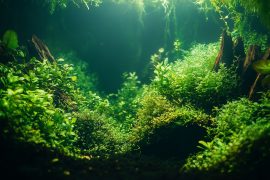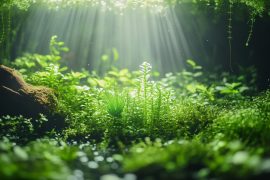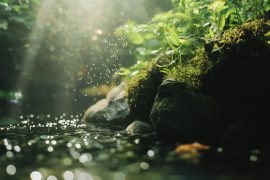Only a week ago, I experienced the joy of seeing my prized Anubias bloom for the very first time in three years. The small, white blossom that was modestly jutting out from beneath the water surface felt like a win in and of itself, not because I had taken any steps to promote its growth, but rather, I had learned to do less. In the past, I would have scrambled to micromanage my fish tank, adjusting its parameters, hardscape, and several other traits into an overwhelming and stressful mess. Now, however, I have reached a more relaxed state of mind; intuitively grasping that there are times, just like seasons, that you wait and change.
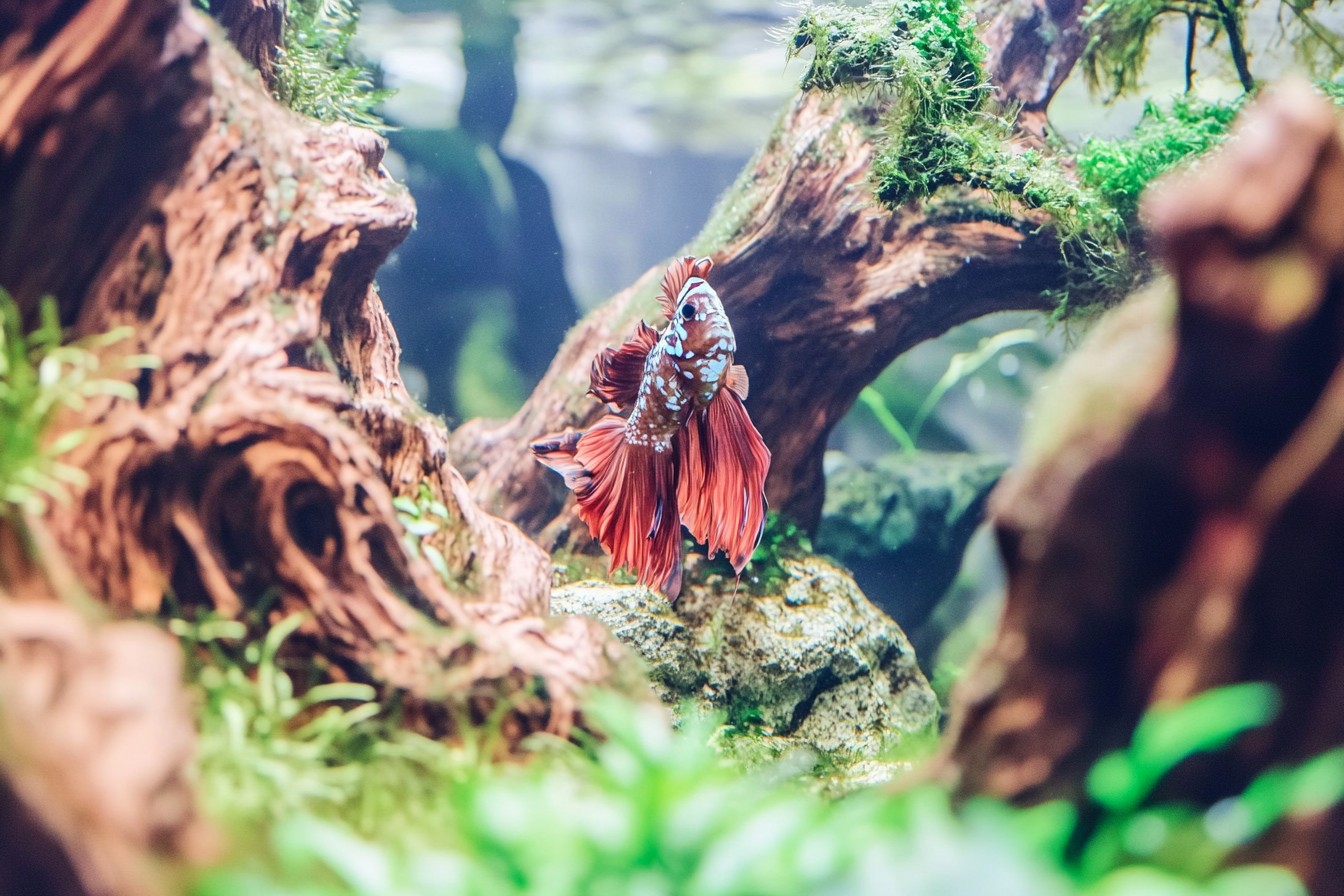
A constant battle of mine is my lack of patience. My wife pokes fun at the fact that I have incessantly killed countless aquatic plants due to over tolerance, rather than negligence. Hovering, as my wife likes to refer to it, is a crutch I have struggled with. Riding out the tides is an enigma I feel a conflict with, but one I aim explore. In tandem with fifteen worn t-shirts from wet sleeves and electric shocks, the drowning sensation of life, makes me feel alive when I base my every living system on a single aspect: the fact they need room to breathe, grow, and seasonally withstand whatever climates come their way.
The wild world of nature is ever-changing as it moves through cycles of growth, maintenance, decline, and renewal. As for us aquascapers, we unfortunately attempt to capture an ideal moment in time when everything underwater is lush and balanced as aesthetics take precedence. For myself, I know exactly what that feels like, and from what I can tell, I am not alone in being guilty of trying to “freeze worlds” in an attempt to overpower natural cycles.
When it comes to trying new things, my 90-gallon Southeast Asian biotope certainly taught me a thing or two. Control never worked, so forcing seasonal changes brought light to my life during darker days. I cranked up my lights to boost the under lighting and dozed off as extra fertilizers grew my plants during harsh winter days. These attempts gave me chronic algae issues, stressed plants, and perpetually exhausted systems, all while I floated on the surface of collapse. Everything my tank and I needed summed up into a single sentence—balance.

My CO2 regulator broke while I was attending a conference in Tampa over the weekend. When I returned, the tank had been without supplemental carbon for three days. A few months ago, this would have sent me into a panic. Surprisingly, the outcome wasn’t a disaster. Of course, growth had slowed, but the plants appeared to be… This is calm for a plant, relaxed even. I was convinced they looked relaxed, and that’s when it clicked: perhaps it’s time I stop clashing with the natural rhythm and start embracing it.
So, I tried using a seasonal method. I didn’t implement changes quarterly or make drastic shifts, but I did add subtle tweaks to acknowledge the natural cycles. These past few months, my tanks have never been better.
In my region, from around March to September, I maximize growth in the spring and summer seasons. In my high tech setups, light periods of 8-9 hours per day facilitates CO2 levels of around 30 ppm, which is ideal, and in addition to that, I dose fertilizers using the EI method which essentially means that I provide abundant nutrients to enable rapid growth for my plants. This is the ideal moment for aggressive pruning, underwater landscape shaping, propagating, and giving a completely new shape to the landscape.

During those months, stem plants, and many others for that matter, will exhibit crazy growth and will require trimming every one to two weeks which is a remarkably rapid growth rate. In addition to those changes, you will also witness changes in the behaviors of your fish. Many species become visually more vibrant, exhibit greater activity, and some even enter breeding phases in summer-like conditions. My cardinal tetras have put on an astonishing spawning display for me last July. I had never witnessed something like that for six years of keeping them. Working with their natural rhythms worked wonders.
But then, depending on the light duration, I mentally prepare for rest from October to November for what I like to call the pre-hibernation period, or the maintenance phase of fall. Changes during this stage are kept to a minimum by reducing light to 6 to 7 hours a day and adjusting CO2 to a lower setting. My focus shifts to softer, gentler shapes rather than bold statement sculpting. Even though systems slow down during this period like a garden preparing for cool weather, the garden never entirely halts.
The real rest period for my tanks is from December to February during winter time. Light remains at 5-6 hours a day with reduced intensity to imitate the shorter winter days, even if my tanks are in temperature controlled rooms. My focus shifts to CO2 reduction, which stays at a leisurely 25% reduction and minimal nurturing fertilization to maintain without encouraging growth. Water changes are less frequent but more substantial. Taking a back seat during this time allows me to give the system a breather, which is why I consider this the real rest period.
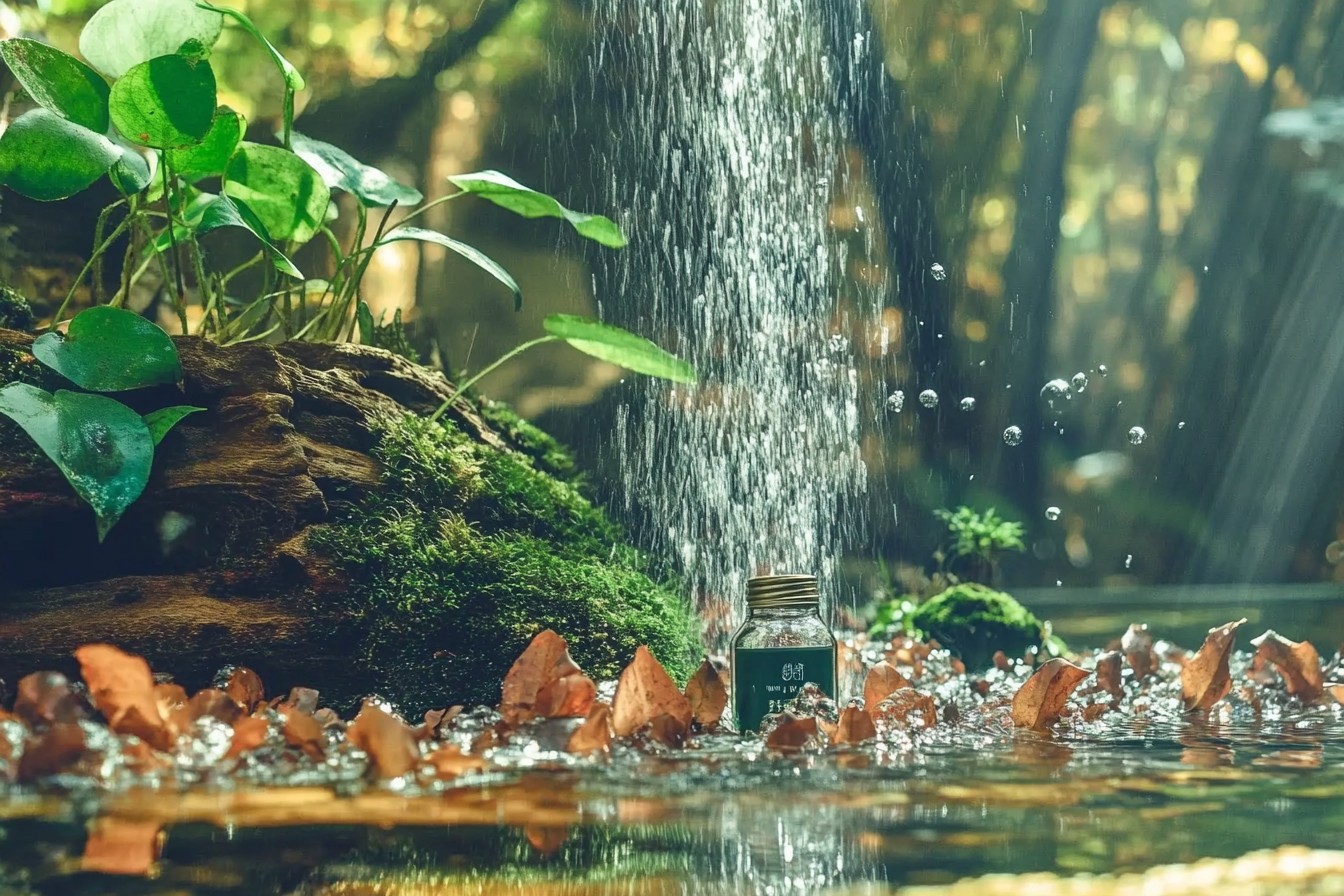
When I first attempted this method, I have to admit, I was scared. Every fiber of my being, after years of diving into this hobby, insisted that I was actually ignoring the care of my tanks. Suffocating summer is pretty overwhelming after all. But the wonders that unfolded were nothing short my imagination. Fish had different yet equally mesmerizing behaviors, and when spring rolled around, the color explosion was unlike anything witnessed previously. Slow-growing plants, like certain Cryptocoryne species and Bucephalandra, which had always struggled because of my summer routine, started to do well throughout winter.
For the sake of my overly controlling aquarist pride, I cannot endorse you abandoning your regular maintenance routine. All parameter controlling precincts have to remain stable, equipment has to be checked continuously, and there is always going to be some snipping here and there. However, the difference between staving off natural cycles and maintaining some form of balance is astronomical.
Predetermined activities to a competition might require some more rigid doling out of time in a Dutch-style planted tank. But most of our nature inspired tank keepers can endure work with seasonal rhythms instead of fighting them making this a lot easier on the mind and tank. These pre-planned formats function as gardensive ecosystems, where knowing the species kept in the tank is less important than imagination itself.
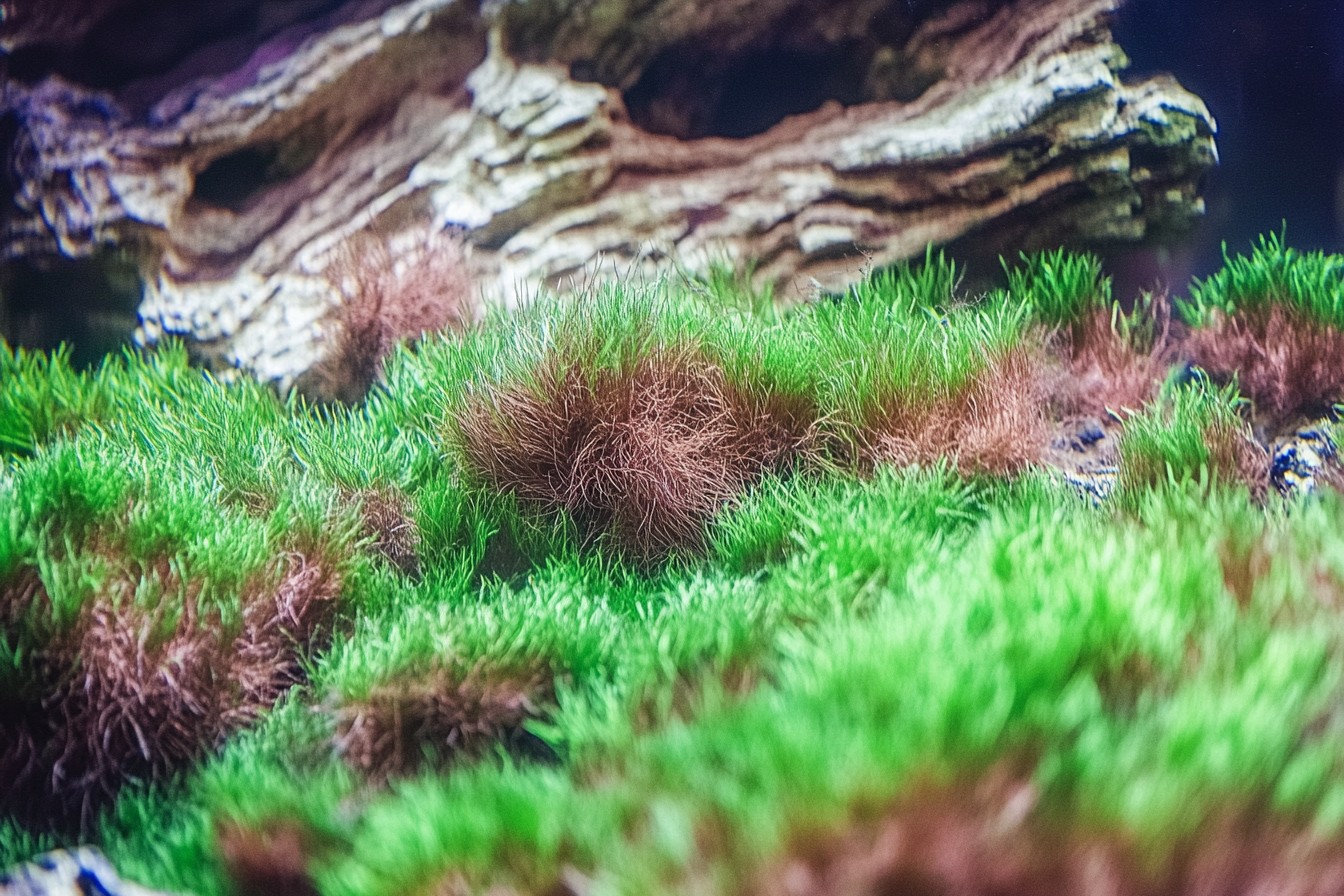
It’s fascinating how this method enhances the aesthetics of the tank throughout the year. The January tank is beautiful in its own right even though it is more subdued with different plants in July and January. It takes center stage in summer and transforms into beautiful greens with subtle browns and reds of autumn. Both require appreciation despite being different.
This method does not require advanced settings or dramatic changes. Most LED lights come with adjustable dials that let users set the desired amount of light they require. Even elementary timers are able to perform seasonal photoperiod adjustments. CO2 systems usually have needle valves which permit adjustment of flow and in my case, I’m regulating the settings. Honestly, the more difficult change is mental—allowing yourself not to fight change but embrace it. Different rhythms need to respect the ecosystem around them.
The Anubias flower I shared was one of the blooms that emerged during the winter after months of minimal light and nutrients. During my attempt of duplicating the eternal summer, it was clear that focus wasn’t directed to helping the plants trigger their natural blooming cycles. For me, the seasonal adjustments opened up space for processes I hadn’t acknowledged until embracing the seasonal shifts being done.
Yesterday, I observed a second flower bud beginning to develop on a different rhizome. I was caught enjoying it by a proud parent when my wife laughed. “You learned to let go a little,” she pats my shoulder. It’s not letting go, I said; it’s letting nature dictate her own pace instead of colliding head on with a determined agenda, and both my tanks and I feel lighter.

